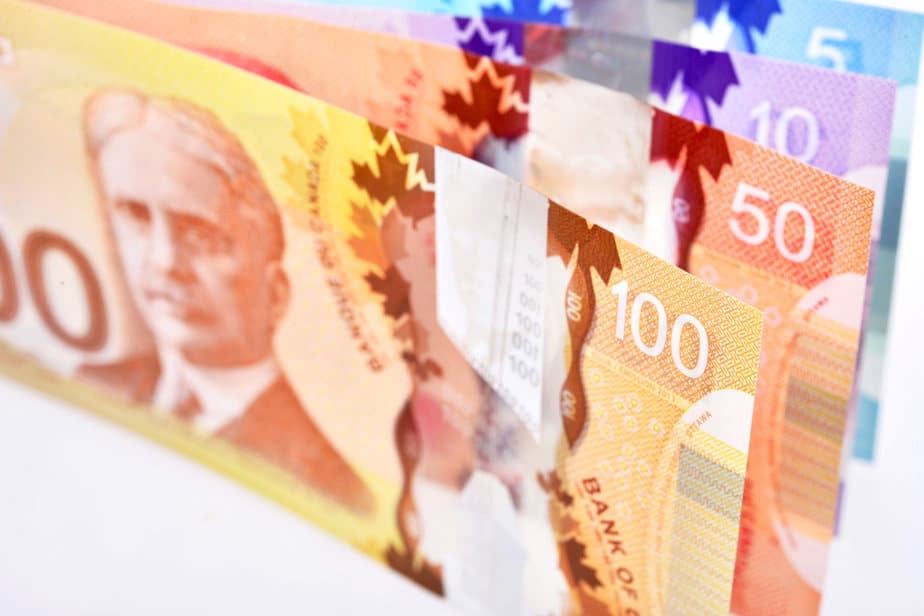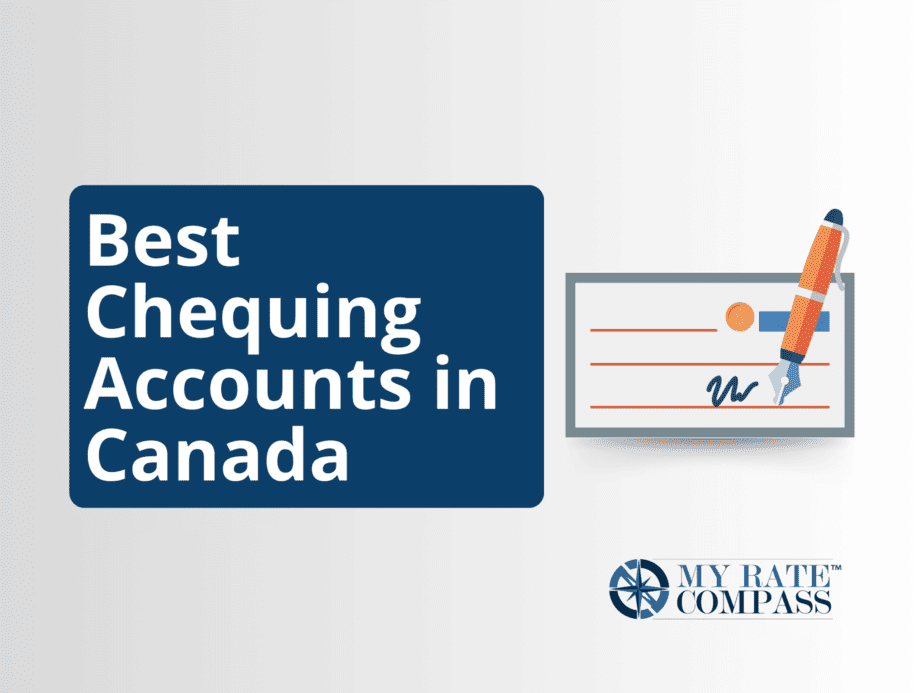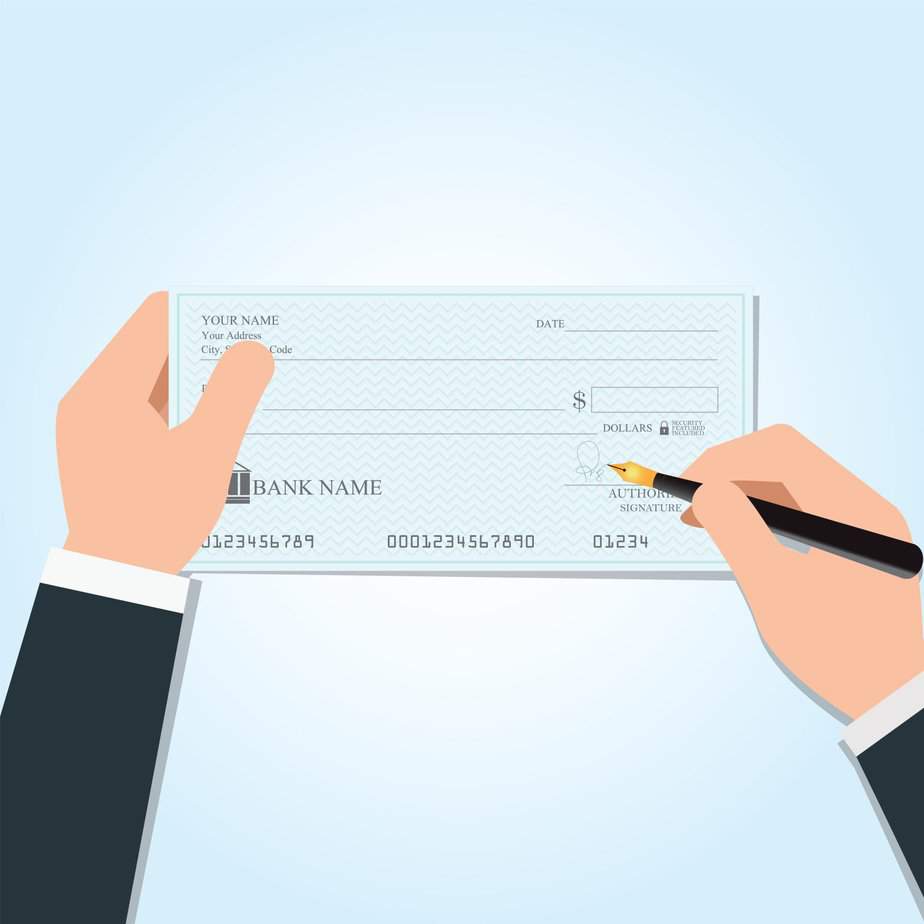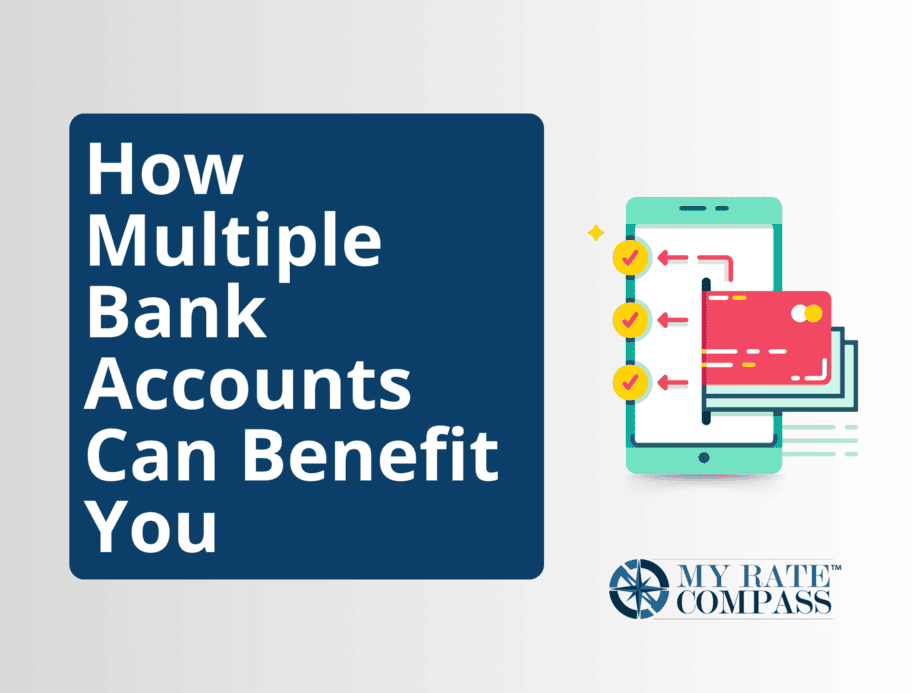A chequing account often plays a crucial role in managing your finances. It acts as an everyday account, allowing you to deposit your income and access your money immediately. But have you ever wondered how much money you should keep in your chequing account? The answer will depend on your income, emergency funds, and daily spending habits.
In this article, we outline how much you should keep in your chequing account based on your monthly expenses, emergency funds, account fees, and spending habits.
Determining how much you should keep in your chequing account is a straightforward process. Below, we walk you through the most important considerations.
How To Determine How Much You Should Keep In Your Chequing Account
In general, you should keep enough money for your monthly expenses in your chequing account. This includes funds for rent, purchases, and leisure expenses. Below, we go over the things to keep in mind:
Monthly Expenses
To begin, take a closer look at your monthly expenses. Analyze your budget and calculate how much money you typically spend each month. This will give you a starting point for determining the appropriate balance for your chequing account.
You should aim to have enough in your account at the start of each month to cover:
- Rent or mortgage payments.
- Insurance costs.
- Monthly Account fees.
- Any debit orders.
- Monthly groceries.
- Fun activities.
Once you know your monthly expenses, let’s examine what other elements could determine how much to keep in your account.
Emergency Fund
While it’s important to cover your monthly expenses, it’s equally crucial to have a safety net for unexpected financial emergencies. We recommend setting aside at least 3 to 6 months of living expenses in a separate savings account. Try to keep your emergency fund separate from your chequing account, as this might lead you to spend it. Your emergency fund will also ensure you don’t dip into your chequing account and maintain a stable financial position.
Consider your spending habits
You should take a frank look at your spending habits and goals and assess any things you struggle with. If you spend impulsively or struggle to budget, it can help to keep the minimum amount of money in your chequing account to ensure you don’t spend more than you can afford or live above your means.
Consider your saving goals
If you want to save, keeping too much money in your chequing account can hinder your progress. It can be far more beneficial to move your extra funds to a high-interest savings account where it can accumulate value.
To help you save, consider automating your savings and bill payments. This will allow you to put aside money each month without thinking about it and prevent you from overspending.
The Risks Of Keeping Too Much Or Too Little In A Chequing Account
Now that you have an overall idea of how much money to keep in your account, let’s compare the effects of having too much vs too little money in your chequing account.
| Having too much in your chequing account | Having too little in your chequing account |
|---|---|
| Sense of security | Can prevent overspending |
| Money for unexpected spending emergencies | Can help you stick to a budget |
| Missing out on savings | Potential overdraft fees |
Striking a balance is key. If you budget correctly, you can aim to have exactly the right amount of money in your chequing account to cover your monthly expenses. Anything extra will do better in a savings account.
Alternatives To A Traditional Chequing Account
If you struggle to manage a traditional chequing account, there are alternative banking options worth considering. For example:
- Online banks and digital wallets. These alternatives can provide higher interest rates, lower fees, and innovative features that enhance your banking experience.
- A standard savings account. Although not as accessible, a savings account can help you meet your saving goals and grow your money.
Explore different options and choose the one that aligns with your financial needs and goals.
Conclusion: Finding The Right Balance For Your Chequing Account
Ultimately, determining how much to keep in your chequing account is a personal decision. A general rule of thumb is to keep the exact amount you need to cover your monthly expenses in your chequing account and to have the rest in an easy-to-access savings account. Depending on your financial goals, you can choose to keep more or less in your account. This can help you overcome bad spending habits or help you save money. With careful consideration, you can make the most of your current chequing account by precisely determining your budget. Happy saving!






